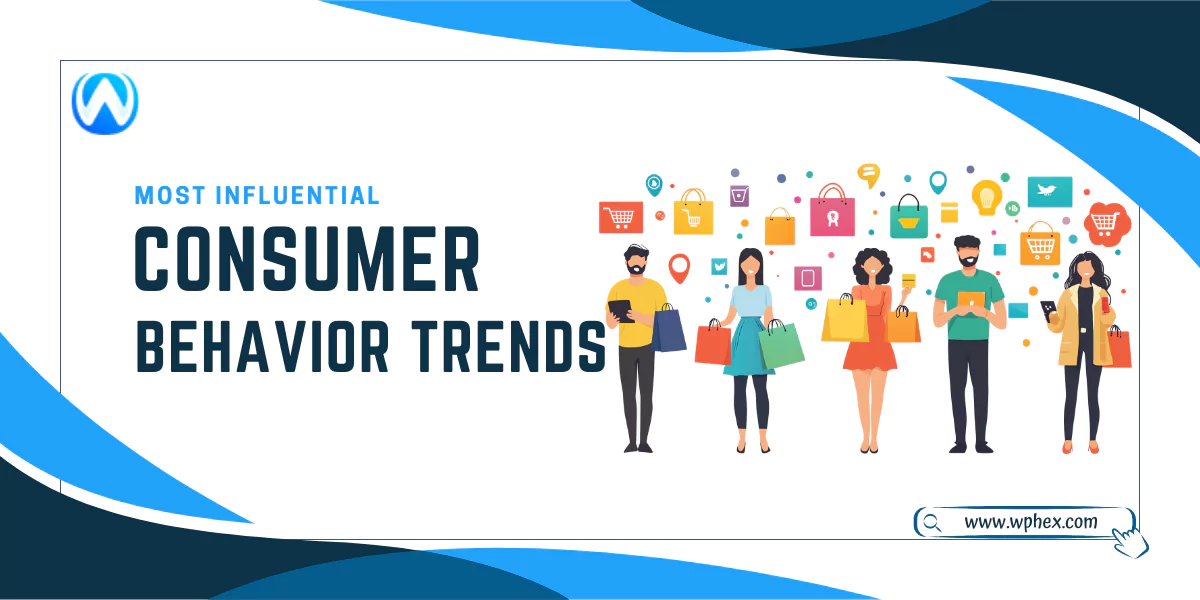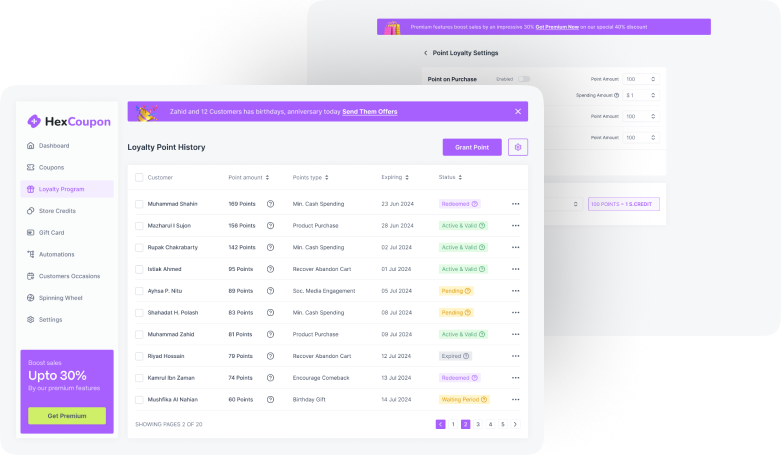
In 2024, consumer behavior is evolving rapidly. Businesses must adapt to stay relevant. Here are key trends shaping the market. Consumers prioritize sustainability.
Over 60% prefer eco-friendly products. They seek brands with green practices. Digital engagement is skyrocketing. E-commerce sales are expected to reach $6.4 trillion.
Mobile shopping dominates this growth. Personalization is crucial. 80% of consumers are more likely to purchase from brands offering tailored experiences. Data-driven marketing is essential.
Social media influences buying decisions. 70% of shoppers trust social media recommendations. Influencers play a significant role. Health and wellness are top priorities.
75% of consumers focus on holistic well-being. Demand for health-centric products is rising. Subscription services are booming.
By 2024, this market will be worth $478 billion. Convenience drives this trend. These shifts require businesses to innovate.
Staying ahead means understanding and responding to these trends. Adaptation is key to success. So let’s dive in most influential consumer behavior trends that will reshape our markets.
The Future of Consumer Behavior Trends For 2024
AI Integration in Business Operations

AI continues to dominate the business landscape. In 2023, AI became the top trend and its influence is only growing. Businesses are now using AI for daily operations.
AI-driven personal assistants and chatbots are common. Over 70% of consumers expect personalized experiences. AI helps eCommerce stores deliver tailored recommendations.
Netflix uses AI to suggest content based on user habits. This trend is vital for enhancing customer experiences.
Social Media and eCommerce Synergy

Social shopping is now a standard practice. Over 40% of consumers find products on social media. Influencer marketing is a key driver, expected to grow to $52 billion by 2028.
Social platforms now offer direct purchasing options. Features like shoppable videos and Instagram checkout simplify the buying process.
User-generated content and reviews provide social proof. Brands need a strong online presence and effective website to capitalize on this trend.
Commitment to Diversity and Inclusion

Consumers are pushing for more diversity and inclusivity. Traditional beauty standards are being challenged. 64% of consumers act after seeing diverse or inclusive ads.
This trend spans various industries including fashion, food, and pharmaceuticals. Brands embracing diversity in their marketing strategies are gaining favor. Inclusivity is becoming a key factor in consumer loyalty and brand success.
Omnichannel Strategies For Seamless Shopping

Omnichannel marketing is essential for a cohesive customer experience. Consumers interact with brands across multiple channels. Google reports omnichannel shoppers have a 30% higher lifetime value.
Businesses need to offer options like Buy Online, Pick Up In-Store, and Same-Day Delivery. Consistency across all touchpoints is crucial. Tools like WooCommerce Product Feed help manage product listings on various platforms.
Retail Reinvention Through Experiences

Shopping is now about experiences, not just transactions. 92% of people value experiences over material possessions. Brands are creating immersive shopping experiences.
Techniques include gamification, shoppable videos, and AR. Personalization is also key. These strategies engage consumers and make shopping memorable.
Demand For Creative Marketing

Creativity in marketing is a major draw for consumers. Novel and original ad campaigns improve brand recall. Companies prioritizing creative ads see a 15% increase in brand awareness.
Effective campaigns captivate and retain audience attention. In a competitive market, creativity sets brands apart.
Sustainable Shopping Trends

Sustainability is a critical concern for consumers. Shoppers are turning to second-hand stores and resale initiatives. Off-brands that offer quality at affordable prices are gaining popularity.
Transparency in environmental practices is crucial. Brands must disclose their sustainability efforts to meet consumer expectations.
Convenience is Key

Convenience remains a top priority for consumers. This does not mean compromising on quality. Simplifying checkout processes and offering multiple payment options are effective strategies.
Features like Buy Now, Pay Later, and auto-filling customer details enhance convenience. Clear and transparent return policies also build trust and satisfaction.
Health And Wellness Focus

Consumers are increasingly prioritizing health and wellness. Products that promote holistic well-being are in high demand. Brands need to cater to this growing focus. Offering health-centric products and services can attract and retain customers.
Growth of Subscription Services

Subscription services are becoming more popular. The market is expected to reach $478 billion by 2024. Consumers appreciate the convenience of regular deliveries. Brands offering subscription options can tap into this trend for steady revenue.
Conclusion
Understanding and adapting to key consumer behavior trends is crucial for businesses in 2024. AI integration, social media synergy, and commitment to diversity are reshaping the market.
Omnichannel strategies and experiential shopping redefine customer engagement. Creativity and sustainability in marketing are essential for brand differentiation.
Convenience, health focus, and subscription services drive consumer choices. Staying ahead requires businesses to innovate and respond to these evolving trends.
By embracing these changes, companies can ensure sustained success and customer loyalty in a dynamic market landscape.

